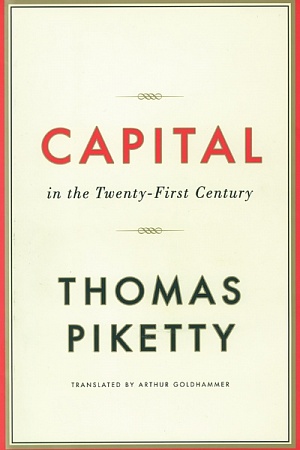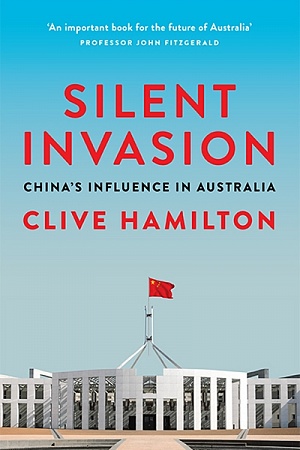South-East Asia: A political profile
OUP, $44.95 pb, 461 pp
Ringing the Changes
How different South-East Asia looks in 2001, compared with just four years ago. The economic crisis of 1997 gave the region a terrible shock. There is an entirely new country, Timor Loro Sa’e. Indonesia, that former bastion of stability and economic powerhouse, is now racked with unrest. It may well no longer exist in its present form a few years from now. The Philippines has just ejected another president, although its eternal problem of a landowning elite and an impoverished populace never seems to get addressed. Colonial borders are a problem everywhere in the region, incorporating tribes and peoples that would likely be better off if the whole map were redrawn.
There are also positive signs in systems that looked intransigent. Cambodia seems to be settling down under its particular version of authoritarian leadership with occasional elections. In Vietnam, greater openness and tolerance has become a theme, of government rhetoric at least. Even the Burmese government may be making tentative moves to-wards an accommodation with Aung San Suu Kyi. Everywhere in the region, the pressures of globalisation and CNN put governments under the spotlight. A lot is going on.
Continue reading for only $10 per month. Subscribe and gain full access to Australian Book Review. Already a subscriber? Sign in. If you need assistance, feel free to contact us.














Leave a comment
If you are an ABR subscriber, you will need to sign in to post a comment.
If you have forgotten your sign in details, or if you receive an error message when trying to submit your comment, please email your comment (and the name of the article to which it relates) to ABR Comments. We will review your comment and, subject to approval, we will post it under your name.
Please note that all comments must be approved by ABR and comply with our Terms & Conditions.